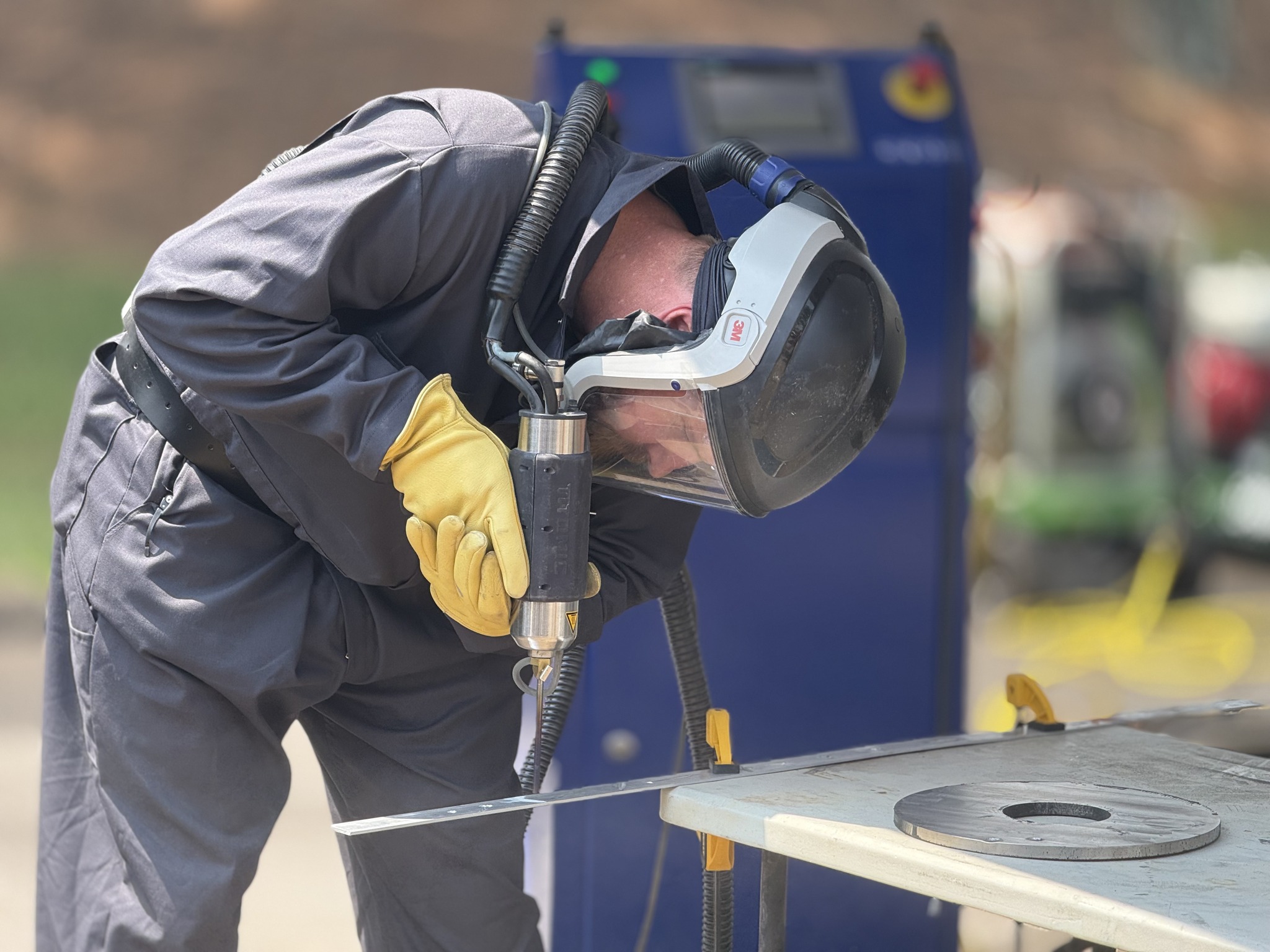Radon gas leading cause of lung cancer
Published 6:30 am Friday, January 19, 2018

- Radon
Odorless and colorless, radon is often referred to as a silent killer because it slips unseen into North Alabama’s homes, businesses and schools. Prevalent in the limestone bedrock that underlies most of the Tennessee Valley, radon is the leading cause of lung cancer in nonsmokers and can be as deadly as a pack-a-day smoking habit if they are exposed to elevated levels.
It is estimated that 15,000 to 22,000 lung cancer deaths in the U.S. each year are related to radon.
Trending
The Environmental Protection Agency has designated Limestone County as one of 13 counties in the state where homes have a predicted average indoor radon screening level grater than 4 pico curies per liter. While no level of radon exposure is considered completely safe, the EPA only recommends reducing radon levels in the home if long-term exposure exceeds 4 pCi/L. The average U.S. home has an air radon level of 1.3 pCi/L.
North Alabama is particularly susceptible to radon exposure, because limestone contains small amounts of uranium. Uranium is a radioactive, toxic element which is easily broken down. One of the byproducts of this degradation process is radon, which can slip easily into homes through cracks in concrete slabs, floor wall joints, loose fitting pipes and other gaps, spoiling the air and water.
According to Jimmie Letson, owner of 20/20 Home Inspections in Athens, about 30–35 percent of the homes he tests register levels of radon in excess of the EPA’s recommendation.
He said all homes, whether new or old, can be susceptible to radon, but basement homes or structures built on a slab are more likely to have elevated levels than homes built on a crawl space. The lack of ventilation and direct contact with surrounding soil creates more opportunity for radon to accumulate in indoor spaces.
According to the website, www.raleighradon.com, radon is more likely to build up in the home during the winter months. The lower pressure inside the home creates a vacuum, pulling soil gases such as radon through cracks and gaps.
Letson recommends that all of his clients invest in a radon test before buying a home.
Trending
“It is a serious safety issue, especially in this area,” he said. “They can spend a little money now on a test, or they will have to spend $1,500–$2,500 later to mitigate it.”
Letson charges $125 to test a home for radon and is able to provide homeowners the results after a 48- hour period.
If a homeowner is willing to wait, Limestone County Extension Coordinator Chris Becker said that residents can purchase a short-term radon test from the extension office located at 1109 W. Market Street for $10.
The device should be left in a high-traffic area of the home for three days and then sent into the kit’s designated lab for testing. Results are usually returned within two weeks.
“If I tested my home and it came back 4.5 or higher, I would immediately do another to confirm the results,” Becker said. “If they were still high, I would contact a professional radon mitigation company.”
“This is nothing to fool around with,” he added.





